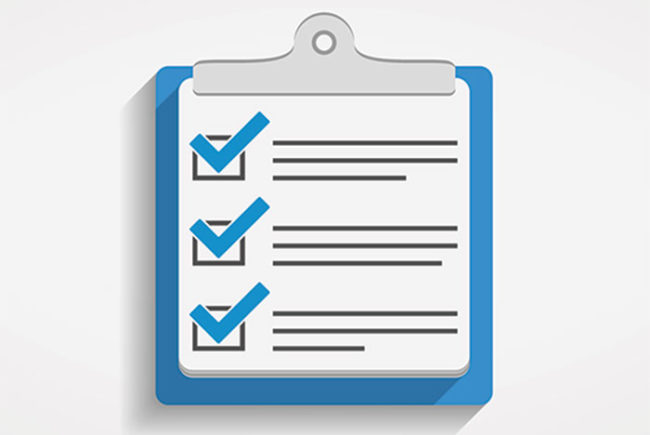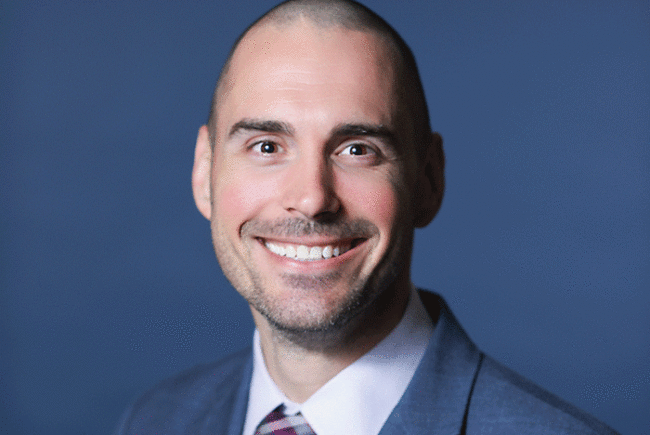In recent decades, several powerful storms have knocked out power to health care facilities. Hurricane Katrina, Hurricane Sandy and Hurricane Matthew all caused numerous hospitals to pre-emptively evacuate or close due to lack of power. Each disaster also has provided emergency officials and health care organizations with valuable lessons to improve future resiliency efforts. A new monograph outlines lessons learned, steps hospitals should consider to assess emergency power system vulnerabilities and provides best practices for minimizing risk.
The monograph, "Roadmap to Resiliency," is an outcome of the Healthcare Leadership Initiative on Maintenance of Power. The initiative is a joint project between ASHE and Powered for Patients, and is sponsored by Eaton Corp. and Blue Pillar Inc. The free monograph PDF can be downloaded, and print copies also are available.
The monograph details the causes of emergency power failures from Hurricane Sandy and Hurricane Matthew and lists helpful after-action reports that can provide more information.
Health care facility professionals can use the monograph to contribute to emergency preparedness efforts. For example, the guide states that hospitals should consider conducting an analysis of emergency power supply systems and gives guiding questions that can help. For example, does your facility routinely test switchgear equipment? Does your hospital have a stock of recommended spare parts for the diesel generator? Is your water system dependent on power for water pressure due to building elevation?
The monograph also provides best practices for minimizing risks to emergency power. Using enhanced information sharing, remote monitoring and advanced technology sharing can greatly reduce the time it takes to deploy Federal Emergency Management Agency generators following emergency power issues. Distributed generation, cogeneration and microgrids also can help hospitals protect traditional emergency power systems by allowing hospitals to remove themselves from the power grid for extended periods of time and, in some cases, provide 100 percent of a hospital’s normal operating load.
Download your free copy of "Roadmap to Resiliency" and explore ways your hospital or health care facility can strengthen its emergency power system.
Jonathan Flannery, CHFM, FASHE, MHSA, FACHE, senior associate director of advocacy for the American Society for Healthcare Engineering.
ASHE INSIGHTS
Important monographs available from ASHE
Following are two recently released monographs that can be accessed by ASHE members as free PDFs at the resource library.
- Promoting the Value of The Facility Department to the C-Suite. This monograph gives strategies and real-world examples of facility professionals who have successfully shown the value of their departments to organizational leaders.
- Risk Assessment of Medical Equipment. A key part of the Joint Commission’s environment of care management plans, risk assessments of medical equipment are covered in this new ASHE monograph. It presents a framework for facilities professionals to follow.
Design guidelines available to industry through ASHE
The 2014 editions of the Facility Guidelines Institute’s Guidelines for Design and Construction of Hospitals and Outpatient Facilities and the Guidelines for Design and Construction of Residential Health, Care, and Support Facilities can be purchased at www.ASHEstore.com.





